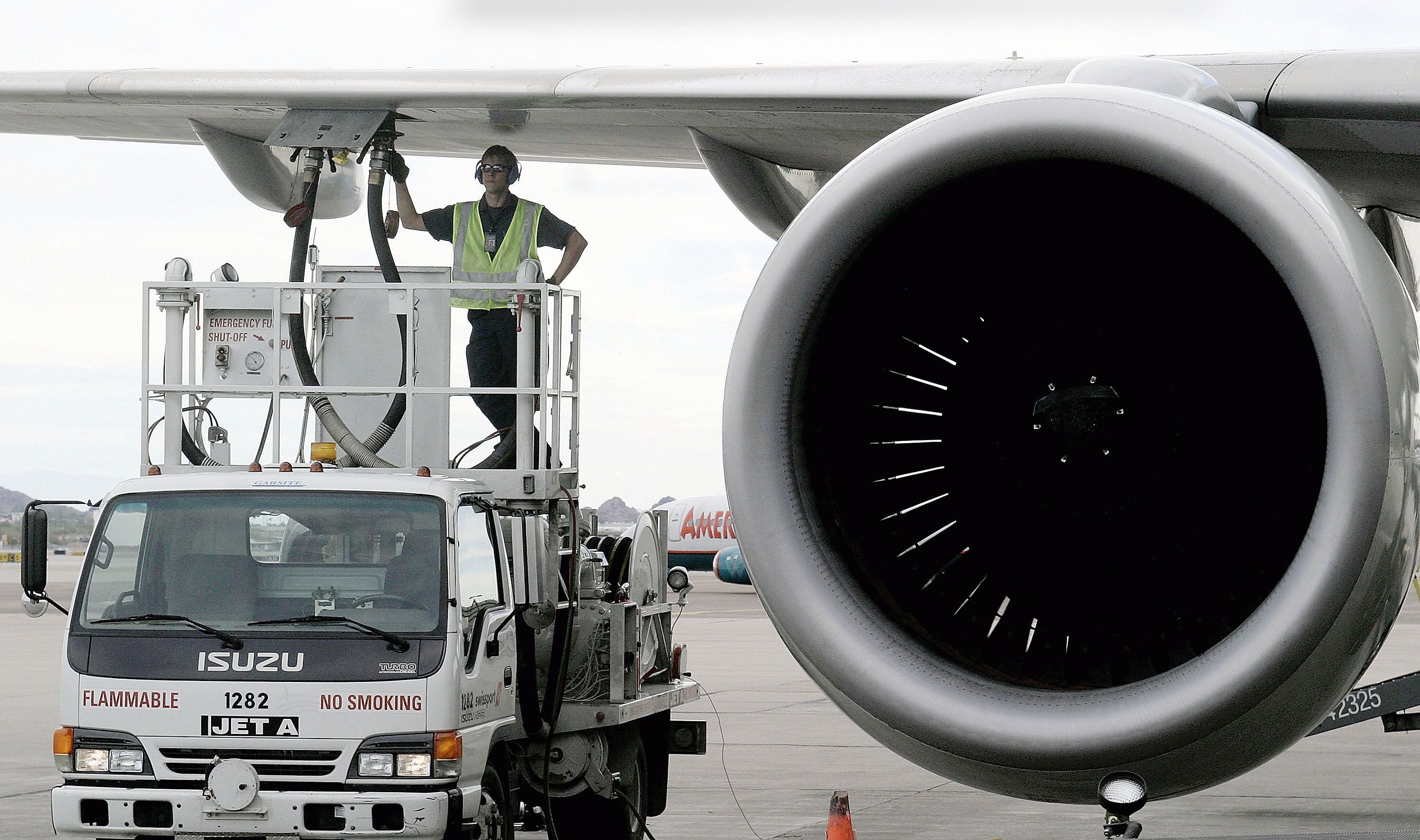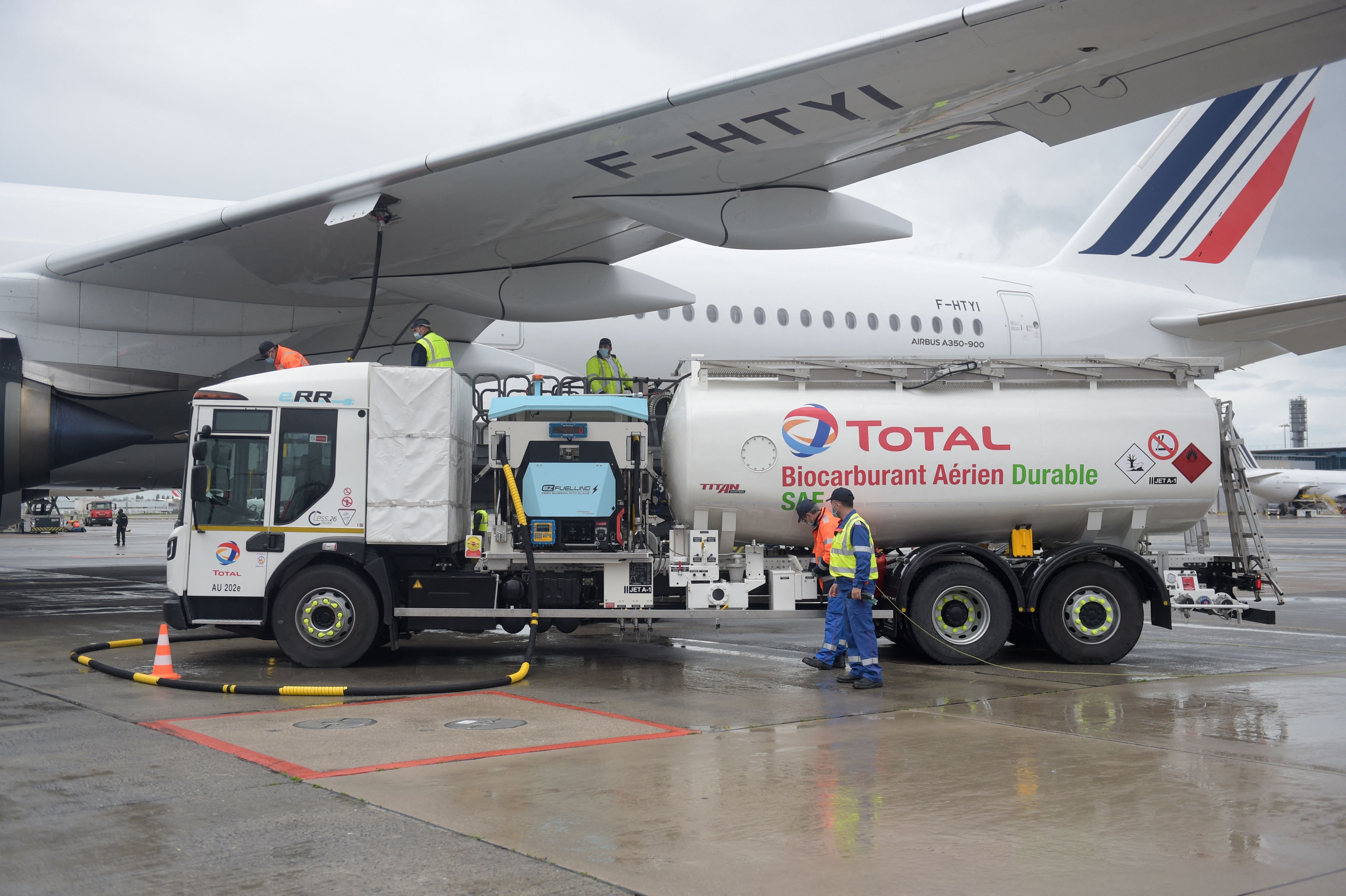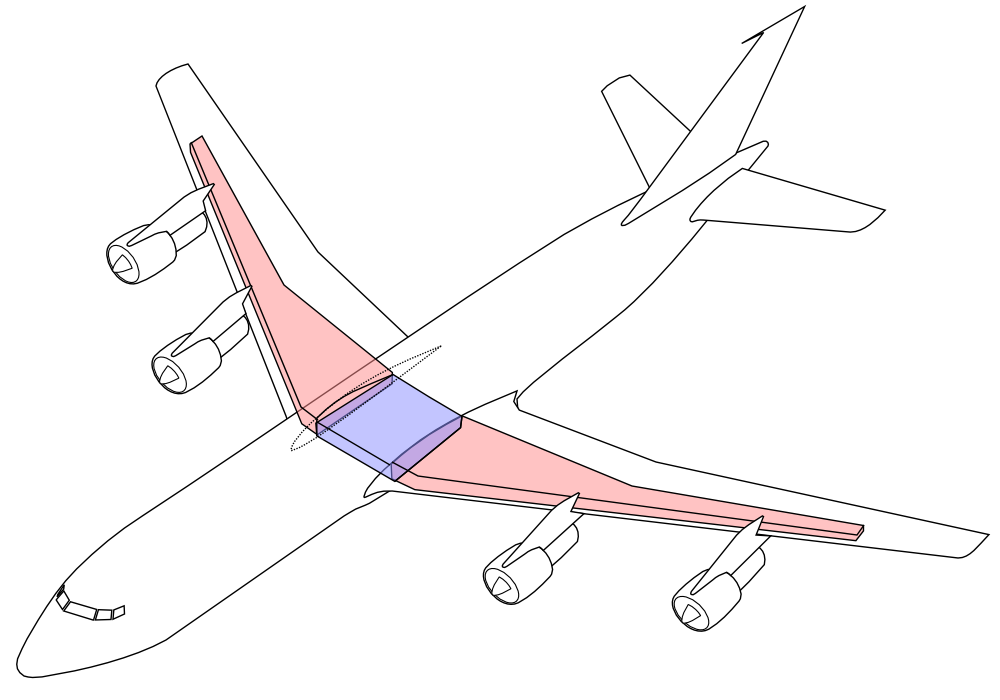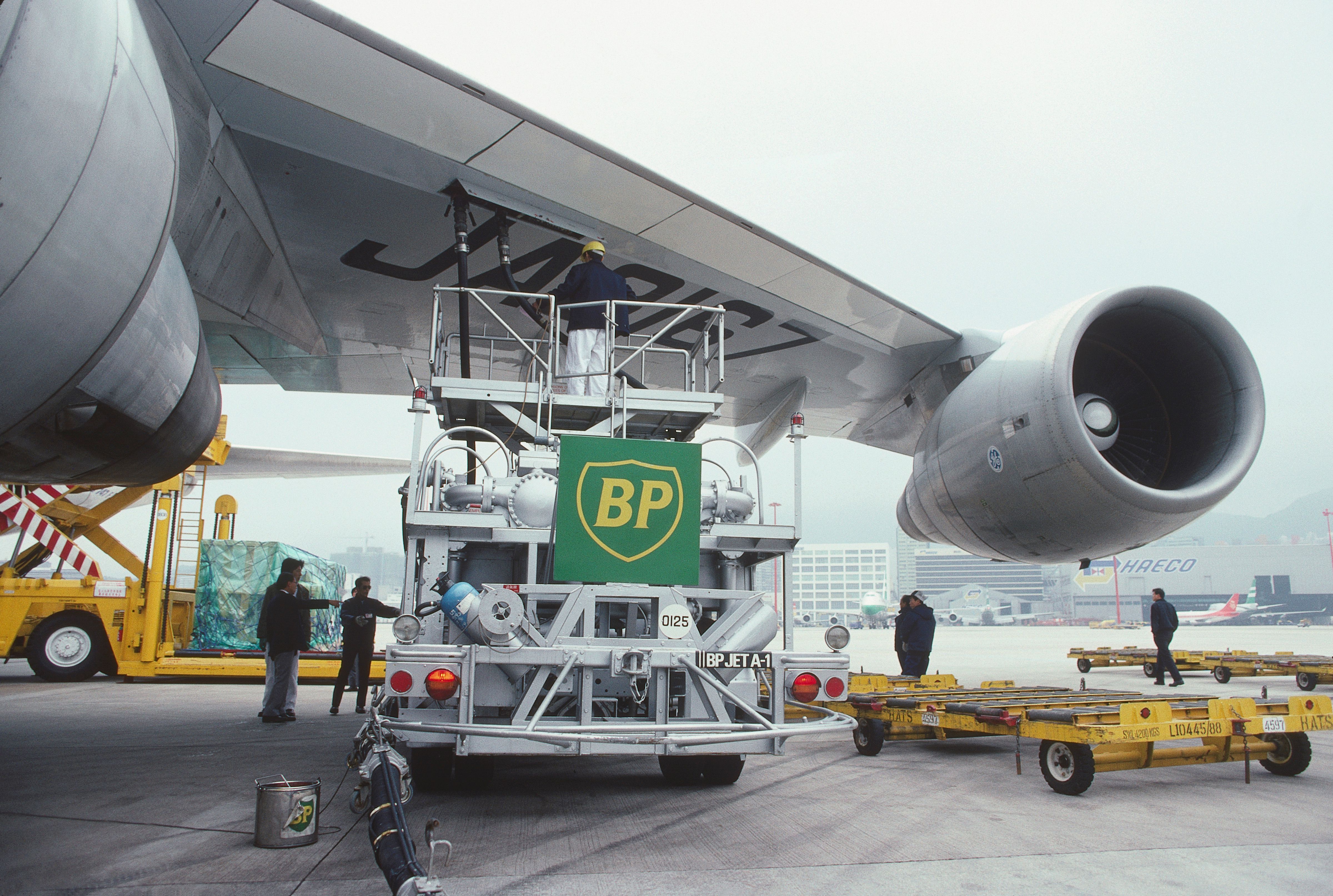Refueling an aircraft isn't anything like refueling a car, where you plug in a hose, pump the gas, and pay the attendant. A plane is an awful lot bigger than a car and decidedly more complicated. So, how are aircraft refueled? Let's explore.
What type of fuel do they take?
Simple Flying has dedicated a separate article on jet fuel, but in general, aircraft use a particular type of fuel that is not suitable for cars, although the fuel has found its way to the maritime industry in recent days.
Jet fuel differs from gasoline in its atomic arrangement, but in short, there are two types: Jet A and Jet B. The main difference between the two is the freezing point of the fuel, with Jet B having a much lower point and thus is useful for planes in icy regions. The latter is also the fuel of choice for the US Air Force and, therefore, generally reserved for those operations.
Of course, Sustainable Aviation Fuel (SAF) is also a growing trend in the aviation industry as airlines work to curtail CO2 emissions. SAF is diverse because there is not a single method of making it. Some SAFs use cooking oils and non-palm waste oil, while others depend on solid waste.
Where is the fuel stored on an aircraft?
You might have noticed on a plane that there isn't much room onboard for all the passengers, cargo, and your personal bags. So how does an airline store thousands of gallons of petrochemicals?
The answer is the wings. There is a center tank that sits in the middle of the plane (the center of gravity in most cases), and generally, two other tanks on each wing extend nearly to the tips.
How are the planes refueled?
Generally, at airports, fuel providers have low-rising fuel trucks that can park under or next to the wings. The driver connects the hose to the wing and can pump the kerosene in at a rate of 634 gallons per minute (2,400 liters per minute). This can take anywhere from 15 to 20 minutes to refuel an aircraft.
Two trucks can work at once for the bigger planes to get the job done as fast as possible.
Thomas Bergman, Head of Operations at Air BP, explains in an article by Finavia, which operates Helsinki Airport,
"The standard speed at which an aircraft is refueled is 1,000 liters per minute. Wide-body aircraft can be refueled with two hoses simultaneously, pumping over 2,000 liters per minute."
Stay informed: Sign up for our daily and weekly aviation news digests.
Refueling generally takes place between passengers disembarking and boarding the aircraft. This is done so that in case something goes wrong, only essential crew should is onboard the plane. The crew also uses anti-static devices to prevent any sparks as another safety feature.
"The fuel-truck must be connected to the aircraft, matching its electrostatic potential, so that the fueling rates don't cause an electrostatic discharge in the piping," Bergman said in the same interview.
It's also worth mentioning that sometimes trucks are not used and that airports can have ground refueling tanks - nearly a giant gas station. Generally, aircraft are filled up with enough fuel for one leg of their flight (plus emergency fuel), to keep them as light as possible. After all, it's almost guaranteed that a plane will be able to refuel at the destination, or worse case, land and refuel at the many airports around the world.
Have you ever observed fuel being loaded into an aircraft? Let us know in the comments!
Source: Finavia





.jpg)